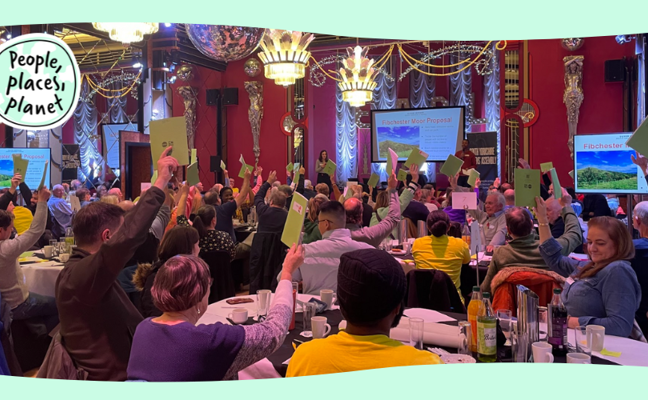Knowledge hub

Our time at Canoe Norway
18 June 2025 Design
Three events, one thread at Canoe Norway – TPXimpact’s Head of Learning Design talks feedback, conflict and a whole heap of bravery
Read more
How AI’s reshaping software engineering
06 May 2025 Technology & data
AI tools boost dev speed, but not skill. The future is in leading AI with experience, strategy, and thoughtful engineering.
Read more
How cross-sector collaboration can transform charities
16 June 2025 Organisation strategy & design
Discover how effective cross-sector collaboration helps charities create lasting change through shared goals, inclusivity, and lean governance.
Read more
What we've learned about designing citizens' assemblies on climate change
23 January 2024 Community engagement
Hannah shares some learnings based on her experience designing citizens' assemblies on climate change, and how she’s implemented them recently in South Yorkshire
Read more
How AI can reinvent the foundations of planning
25 June 2025 Delivery
AI can create a smarter, fairer planning system. Boosting engagement, speeding decisions, and rebuilding trust in local development.
Read more












